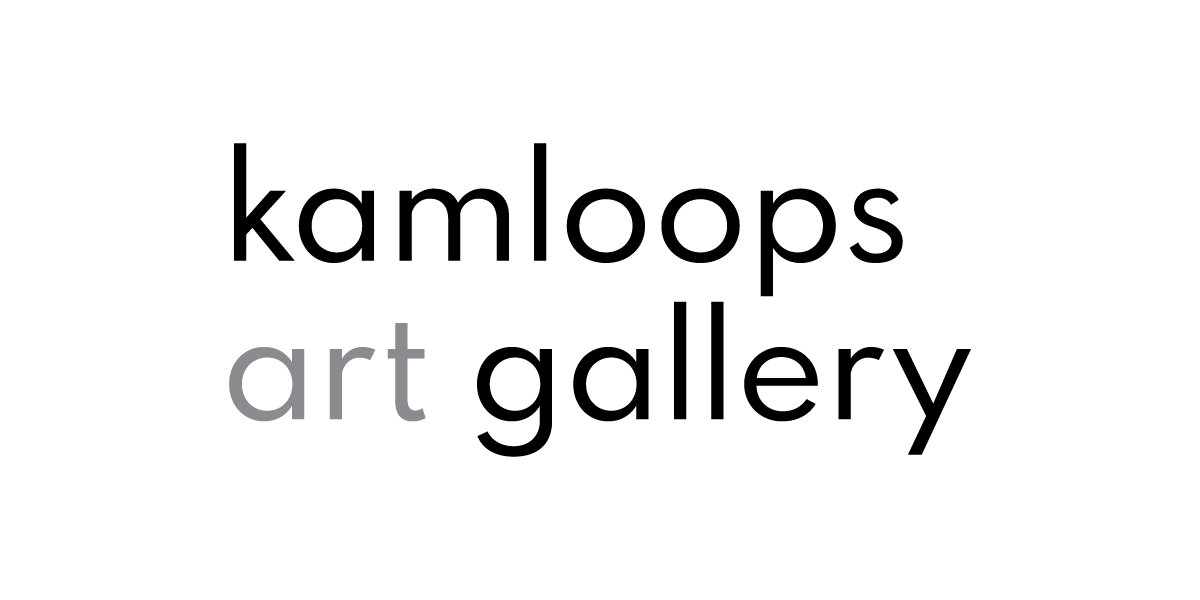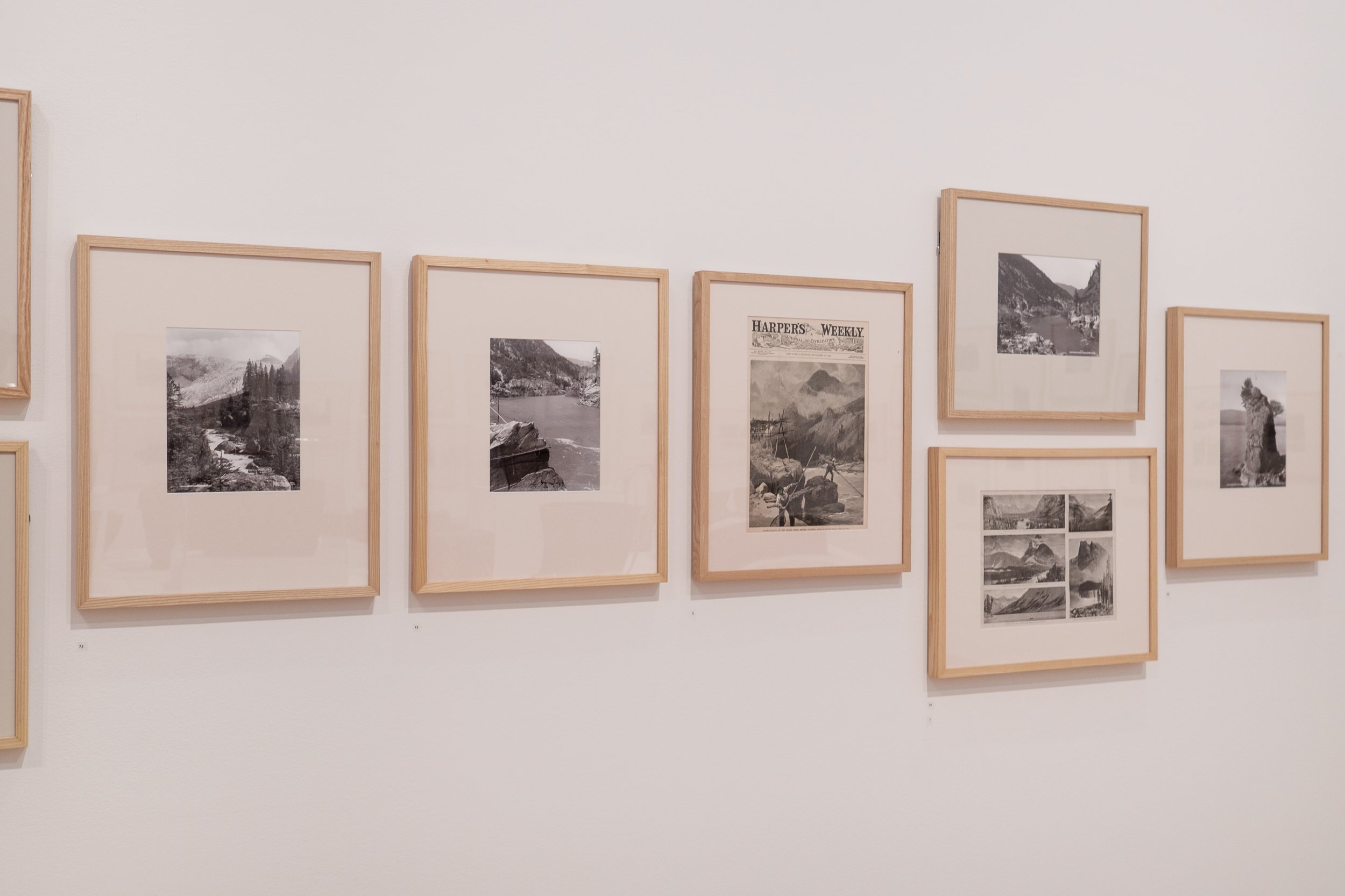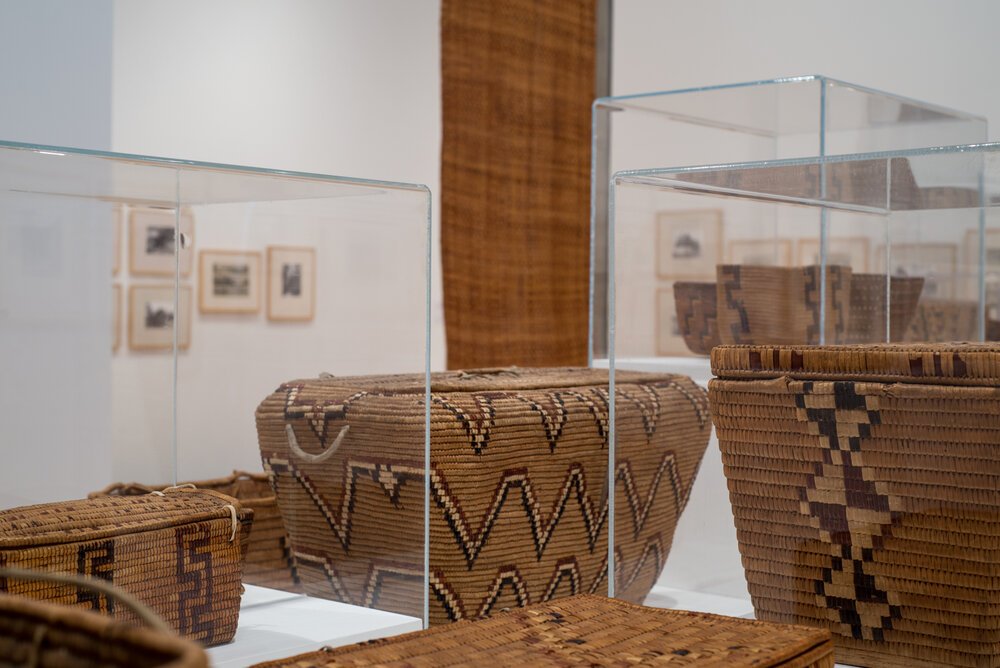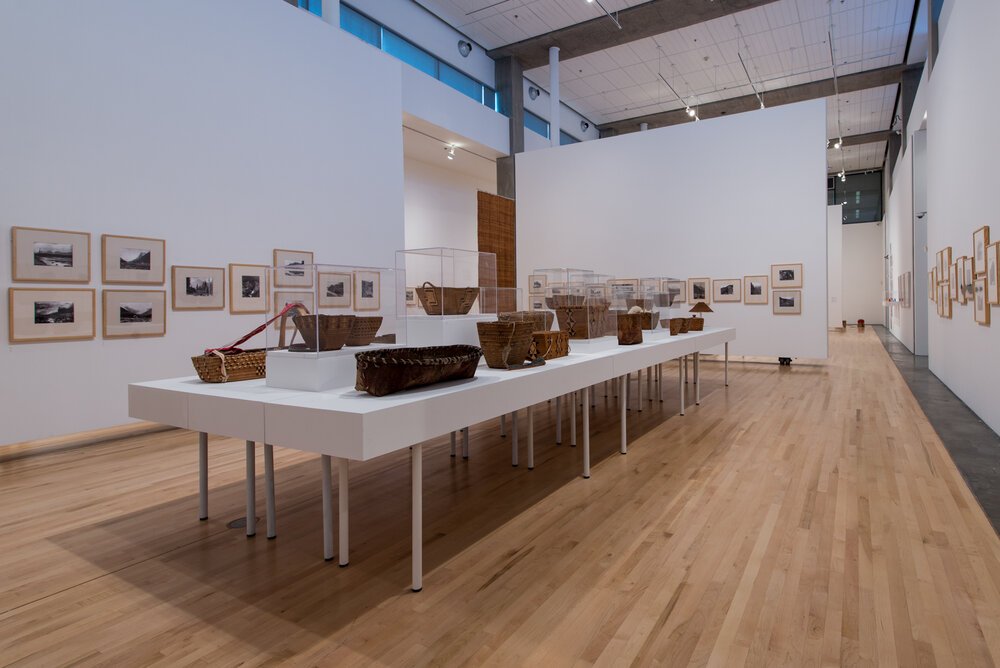MORE THAN VISIBLE: PHOTOGRAPHY, ECOLOGY + CONTACT CULTURE IN THE SALISHAN LANDSCAPE TSLEX TE SK’ULT.S TE TMICW
Central Gallery
June 27 to September 12, 2015
Curated by CAUSA / Collective for Advanced and Unified Studies in the Visual Arts
Prior to disruptive contact with colonial educators, the First Peoples of North America did not distinguish between craft and fine art. Traditionally, expressions of material and spiritual culture were grounded and conjoined in a concentric network of relationships that fluently linked language to place – place to placement – and placement to purpose. In this context, the Canadian Pacific Railway Company completed its transcontinental line in 1885. From Banff, Alberta to Kamloops, British Columbia (and onwards from Kamloops to Vancouver), the railway would subsequently connect each of the Interior and Coast Salish territories.
CPR managers relied deeply on photography in their successful efforts to publicize the railway line's poised advance across a vast and simultaneously occupied/unoccupied hinterland. Under the company's auspices, “pioneering” professional photographers recorded “unforeseen” moments of contact between autochthonous (Indigenous) and alien (settler) inhabitants. The CPR's strategic decision to commission a program of photographic documentation – a detailed inventory of “picturesque” mountain scenery and “sublime” (previously unrecorded) territories and landscape features – aligned scientific method with exploration and discovery.
Salishan languages at the time, based on oral tradition, embodied precise environmental knowledge and its own vast wisdom of sustainable/natural resources. Without a written form, these Salishan languages, like the trans-generational culture contained by it, did not immediately present itself as a manageable subject for the field photographer's pragmatic (self-contained) documentary and pictorialist assignment.
In response to these recognizable dynamics, the exhibition More Than Visible addresses prospects for revitalized contemporary channels of cross-cultural communication. This curatorial research connects both archival examples of 19th Century documentary photography and the contemporaneous, mass-market printed matter published in Canada and England to a centuries old Aboriginal presence of cultural memory – the birch bark and cedar root basket-making cultures of British Columbia, present across domains of once unquestioned (but now perilously endangered) ecological balance.
Photographs are courtesy of the McCord Museum, Montreal and generously on loan from Presentation House Gallery, North Vancouver. An earlier version of this exhibition Laid Over to Cover: Photography and Weaving in the Salishan Landscape was mounted by Presentation House Gallery, January 16 to April 11, 2010.
Generously sponsored by MCM Real Estate Ltd.
Installation view of More Than Visible: Photography, Ecology + Contact Culture in the Salishan Landscape
Photo: Devon Lindsa











